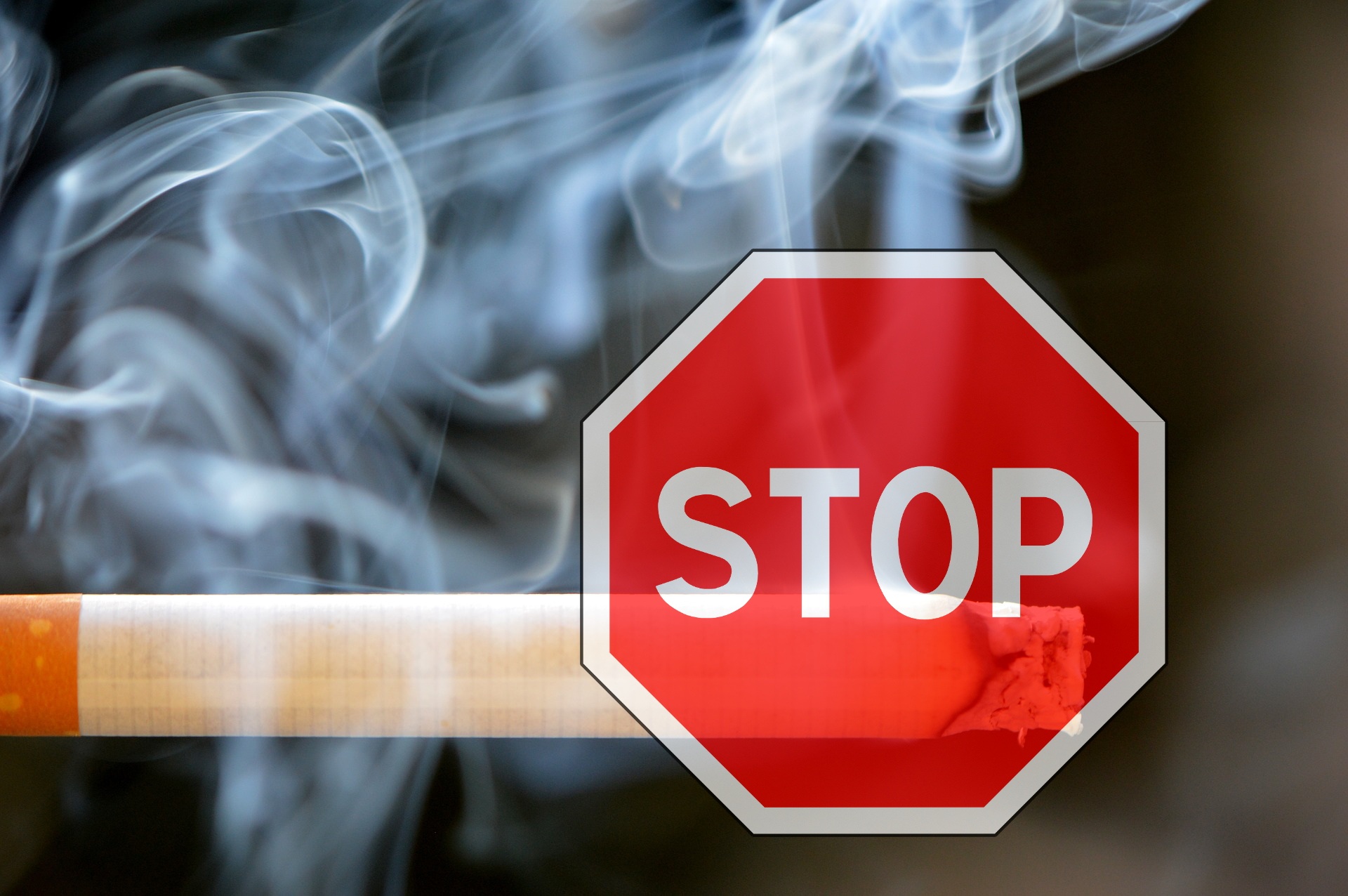
Quitting Smoking With Cold Laser
Laser therapy, also known as low-level laser therapy (LLLT), is a treatment method some people use to help quit smoking. The therapy involves the use of cold lasers applied to specific points on the body, similar to acupuncture. Here are some potential benefits associated with quitting smoking through laser therapy:
1. Reduced Nicotine Cravings
Laser therapy targets acupuncture points believed to be associated with addiction and nicotine cravings. By stimulating these points, the treatment may help reduce the intensity and frequency of cravings, making it easier to resist the urge to smoke.
2. Stress and Anxiety Relief
Many people smoke as a way to manage stress and anxiety. Laser therapy is said to promote the release of endorphins, which are the body’s natural feel-good chemicals. This can lead to reduced feelings of stress and anxiety during the withdrawal period, making it easier to cope with the challenges of quitting.
3. Non-Invasive and Painless
Unlike other methods that might involve medication or needles, laser therapy is non-invasive and generally painless. The treatment involves a cold, low-energy laser that does not produce heat, making it a comfortable option for many people.
4. Fewer Side Effects
Since laser therapy doesn’t involve nicotine or other drugs, it avoids the side effects often associated with nicotine replacement therapies (like patches, gums, or medications). Some people prefer this natural approach over pharmaceutical options.
5. Rapid Treatment
Sessions are typically quick, lasting around 30-60 minutes, and often a few sessions are all that’s needed to complete the treatment. Some people report immediate effects, with reduced cravings right after their first session.
6. Long-Lasting Results
For some, the effects of laser therapy are long-lasting. Studies and anecdotal reports vary, but many people have found that after a few sessions, their cravings were significantly reduced over the long term, helping them stay smoke-free.
7. Complementary to Other Methods
Laser therapy can be used alongside other smoking cessation methods, such as counseling, support groups, and behavioral therapies, to boost the chances of quitting successfully.
8. Holistic Approach
Laser therapy is often considered part of a holistic approach to quitting smoking, as it focuses on the mind and body connection. By addressing the emotional and physical symptoms of withdrawal, it may provide a more balanced approach to breaking the smoking habit.

